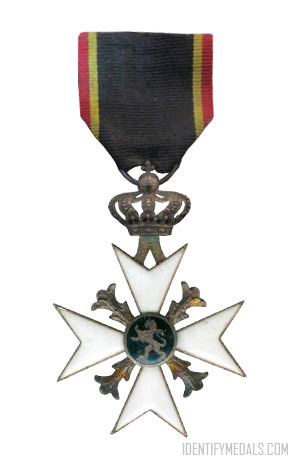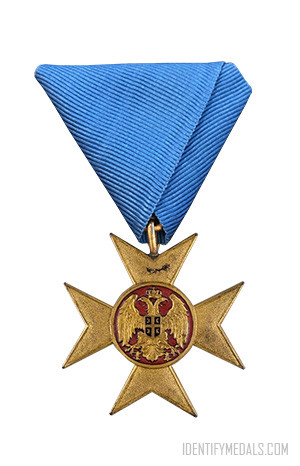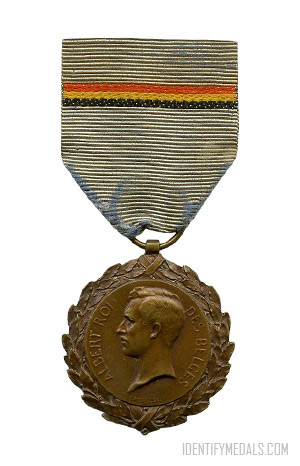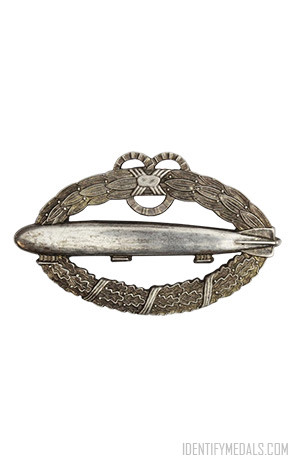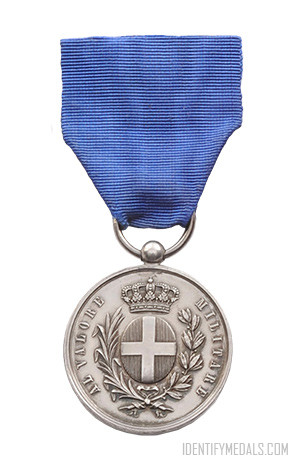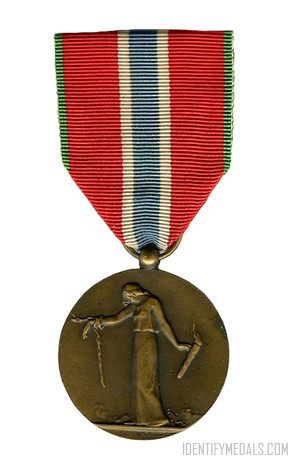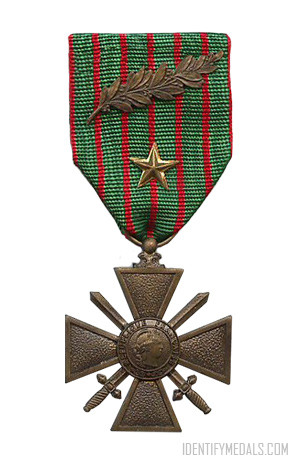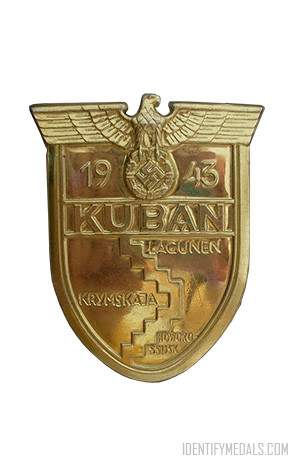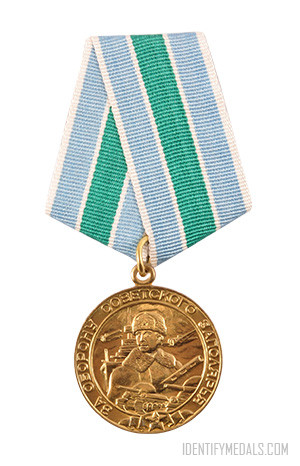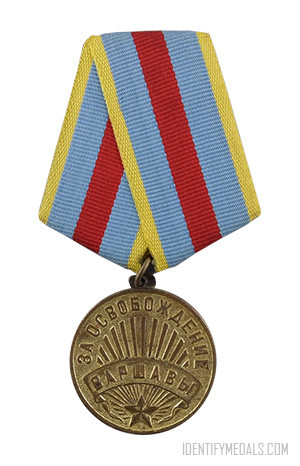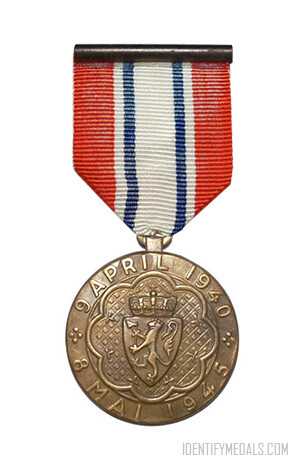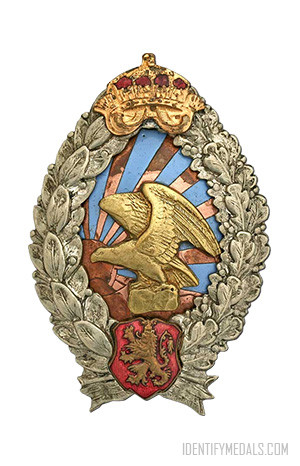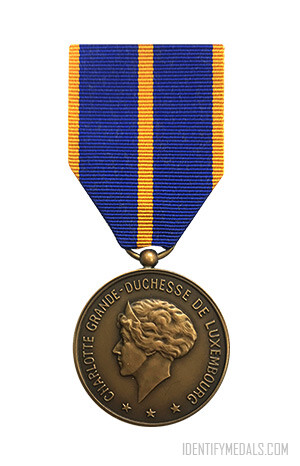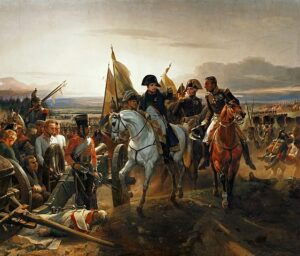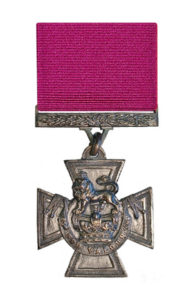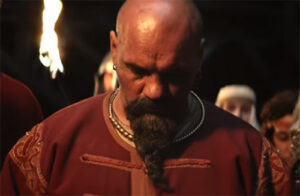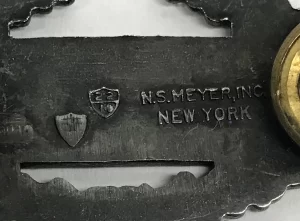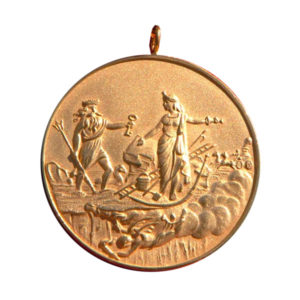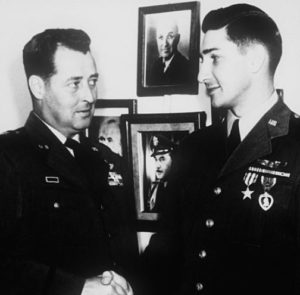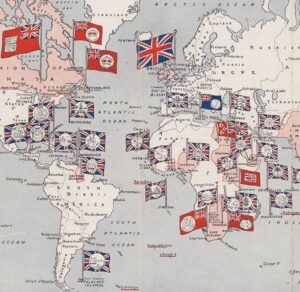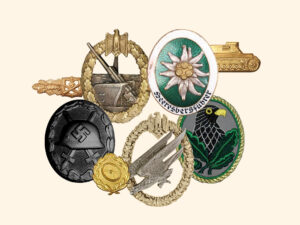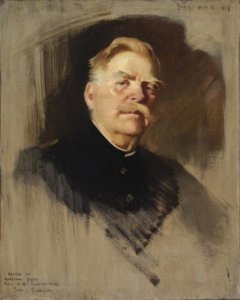- Time Period: Pre World War I
- Institution: 20 April 1878
- Country: Belgium
The 1830 Volunteers’ Commemorative Cross (Croix Commémorative des Volontaires de 1830 / Herinneringskruis voor de Vrijwilligers van 1830) is a Belgian campaign medal established in 1878 by royal decree and awarded to all members of the Belgian Army and popular militias who served during the 1830-1831 Belgian Revolution (and who had not been awarded the Iron Cross).
In 1833 and following the end of the Belgian Revolution, the Iron Cross was created to recognize wounds received and bravery in battle. Other combatants of 1830-1831 received no pension, and no commemorative medal was struck, which caused growing discontent in veterans’ circles, who eventually formed the “Federation of Volunteer Combatants of 1830“. It would take over forty years until, in 1878, King Leopold II signed the decree creating the 1830 Volunteers’ Commemorative Cross.
The 1830 Volunteers’ Commemorative Cross Design
The award is a white enameled Maltese Cross with a gilt Burgundy Cross between its arms and a black enameled central medallion. The two arms converge upwards to a pivot-mounted royal crown. The black enameled central medallion bears, on the obverse, the Belgian lion, a heraldic lion rampant. The reverse bears the year “1830“.
The cross is suspended by a ring through a lateral hole in the royal crown’s orb from a silk moiré ribbon in the national colors of Belgium (a black 2mm width central stripe, and red edge stripes bordered by 2mm yellow stripes on the inside).

